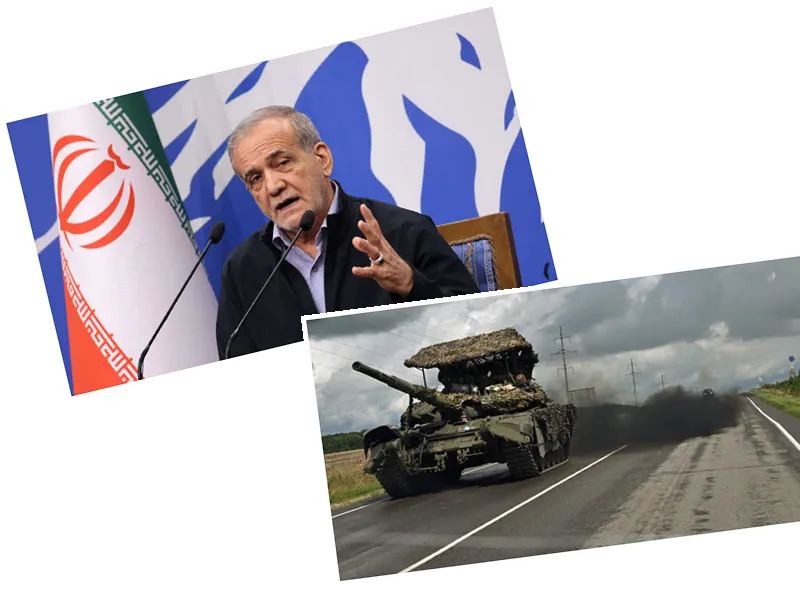The Tragic Demise of Iranian President Ebrahim Raisi
In a catastrophic turn of events, Iranian President Ebrahim Raisi, Foreign Minister Hossein Amir-Abdollahian, and several other officials died in a helicopter crash on May 19th in the mountainous region of East Azerbaijan province. The tragic incident occurred due to adverse weather conditions, including thick fog and heavy rain, which severely hampered search and rescue operations.
The helicopter crash has left Iran in a state of mourning. Supreme Leader Ayatollah Ali Khamenei issued a statement expressing his condolences and urged the nation to observe five days of mourning. First Vice President Mohammad Mokhber has assumed the duties of the president temporarily, and a new presidential election is expected within 50 days. The crash site, located in a mountainous area, was challenging to reach, but the wreckage was eventually found, and all nine occupants aboard the helicopter, including President Raisi, were confirmed dead by Iranian state media.
International Reactions and Regional Impact
The international community has expressed deep condolences for the loss. Leaders from Iraq, Egypt, Turkey, Russia, China, and the European Union have extended their sympathies. Turkish President Recep Tayyip Erdoğan praised President Raisi's efforts for regional peace and Turkey even deployed drones to assist in the search operations at Iran's request. Russian President Vladimir Putin and Chinese President Xi Jinping highlighted Raisi’s contributions to strengthening relations between their respective countries and Iran.
Despite the tragic loss, the structure of Iranian politics is expected to remain stable, with Supreme Leader Ayatollah Khamenei retaining overarching control over the nation’s military and governance. Raisi was a significant figure in Iran's hard-line conservative faction and a potential successor to Ayatollah Khamenei. Experts suggest that his death might intensify the internal power struggle for the supreme leadership role without shaking Iran's foundational policies.
Domestically, the accident has left many in shock and mourning. Citizens of Tehran have expressed their sorrow and disbelief over the tragic event. Furthermore, the incident has prompted concerns and discussions about the future political landscape in Iran. The presidential election that will follow is anticipated to focus on candidates who align closely with Khamenei's vision and policies, likely preserving the nation’s current hard-line stance.
The rescue operations faced significant challenges due to the severe weather conditions, including fog and heavy rain. Initial reports indicated some hope of survival when communications were established with two passengers, but these hopes were quickly dashed. The site’s difficult terrain added further complications. Iran requested aid from neighboring countries like Turkey and Iraq, with Turkey sending night-vision equipped helicopters and search teams.
- President Ebrahim Raisi was a prominent Islamic jurist born in Mashhad, northeastern Iran. Before becoming president, he held key judicial positions, including prosecutor general, aligning closely with the conservative faction. Raisi was elected president in June 2021 and was considered a possible successor to the current supreme leader, Ayatollah Khamenei. Known for his anti-American stance and support for groups like Hamas, Raisi's leadership was marked by a firm stance against Western nations, particularly the United States and Israel.
- The crash of the presidential helicopter has not only saddened the Iranian populace but has also drawn significant attention from international media and political analysts. Reuters reported that an Israeli official denied any involvement in the crash, amidst speculations and conspiracy theories circulating within Iran. However, the likelihood of a deliberate act by external forces was swiftly dismissed by the Iranian government.
- Local and international experts are closely monitoring the supreme leader’s succession process. The sudden removal of Raisi from the potential list of successors intensifies the spotlight on Ayatollah Khamenei's next move. Considering Khamenei’s age and health, the selection of his successor is of paramount importance and could influence Iran's future geopolitical dynamics significantly.
- This incident also underscores Iran's ongoing vulnerability to infrastructural and operational risks, exacerbated by geopolitical tensions and regional conflicts. The accident has highlighted the need for improved safety protocols and search and rescue readiness, especially in Iran's rugged and often hostile terrains.






